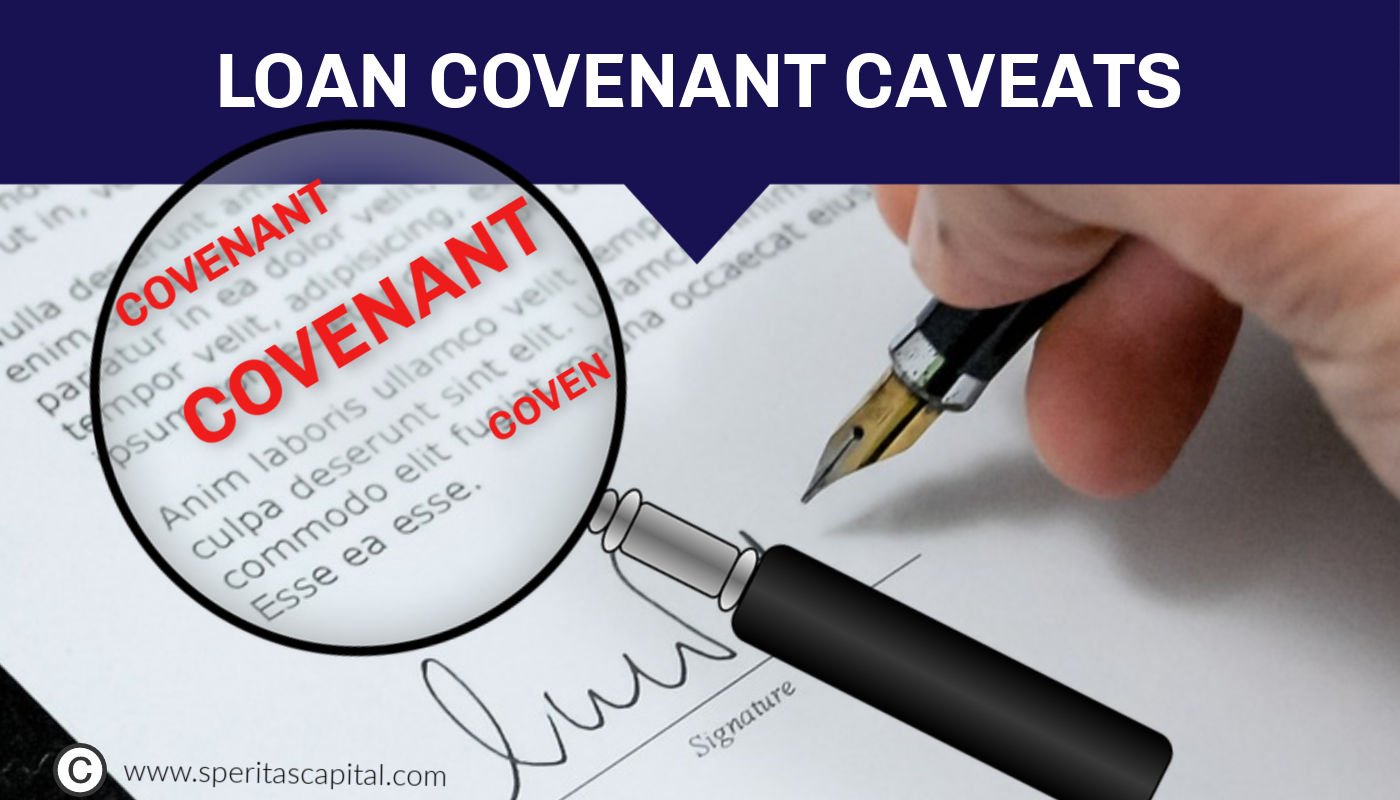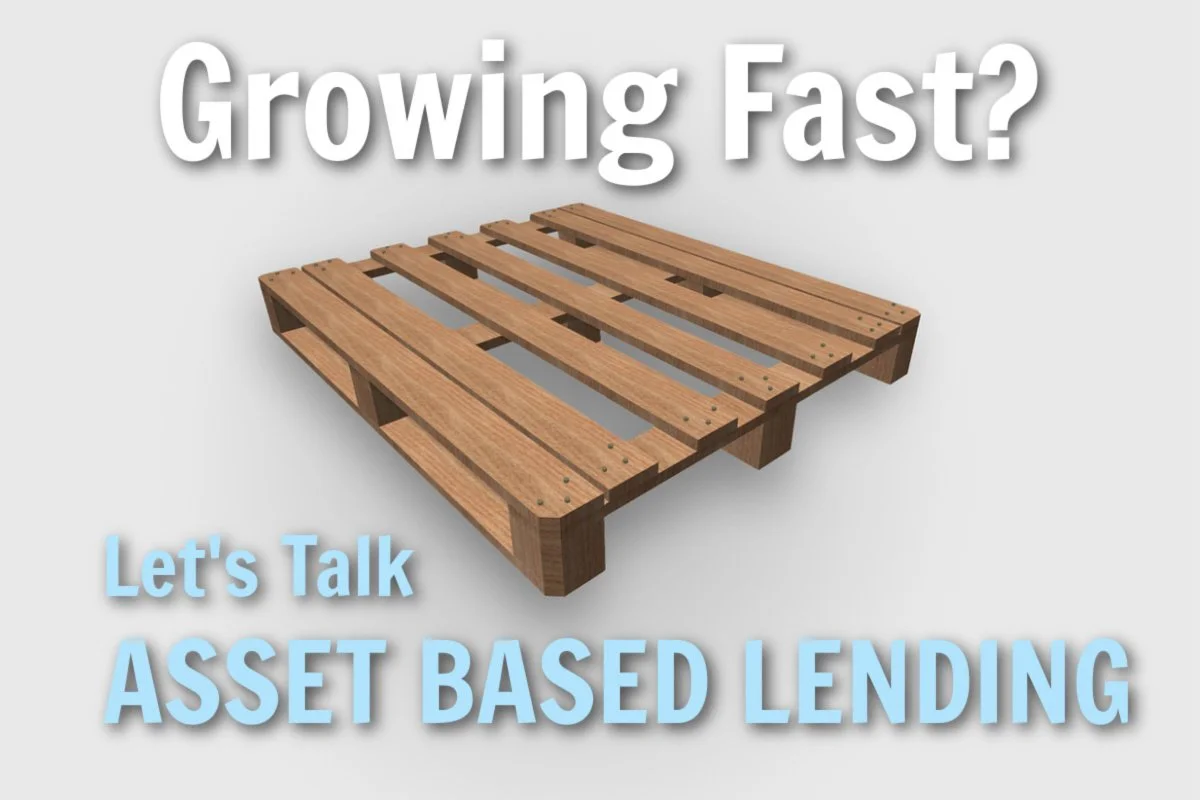6 Equity Sources that Meet the SBA’s Equity Injection Requirements for a Business Acquisition - updated for 2025
What is an Equity Injection and What Funding Sources Can You Use to Meet SBA Requirements for a Business Acquisition?
By Jeff Bardos, CEO, Speritas Capital
Updated May 2025 with the new SBA rule changes – Greenwich, Connecticut
Call or text Jeff at 203-247-4358
Schedule a Call
Email Jeff
Important update: In May 2025, the SBA released updated guidance on how buyers can meet these equity injection requirements. The most significant changes are highlighted in light blue - like this paragraph.
What exactly is an equity injection in a business acquisition?
The amount of your own cash or assets you give to the seller in a business acquisition is often referred to as the equity injection. The term can be misleading because the equity is not being injected into the acquired business but is going directly to the seller.
The main point to remember is that the equity injection comes from your assets, not from a lender.
You Must Demonstrate ‘Skin in the Game’
Lenders and investors require a borrower to contribute a meaningful amount to an acquisition as skin in the game. The more skin in the game, the more a borrower has to lose if the business fails. This concept applies to both SBA loans and conventional loans. However, skin in the game can come in many forms as discussed below.
Sources and Uses of Funds Table
All acquisition or business expansion plans start with a sources and uses of funds table. The total sources should equal total uses and should cover all acquisition costs.
Uses of funds include the acquisition price, renovation/construction costs and transaction costs (e.g. appraisals, legal fees, loan closing costs.)
Sources of funds include a borrower’s equity injection and borrowed money. Funds provided by the borrower are what is referred to as the equity injection. Additional sources for a project can come from a lender (a bank or private source), an investor or the seller.
View a sample Sources & Uses Table here, with a deep dive explanation of all the components.
What Size Equity Injection do SBA Lenders Require?
The SBA determines the minimum amount of the equity injection required as a percentage of the overall project cost. The SBA’s Standard Operating Procedure document, referred to as SOP 50 10 8, effective June 1, 2025, provides lenders with guidance for determining the appropriate equity injection.
Lenders can require equity injections above the minimum and are guided by the SBA below:
“The Lender must determine if the equity position [of the target company], any required equity injection and the pro forma debt-to-[net]worth are acceptable based on the factors related to the type of business, experience of management and the level of competition in the market area. The Lender must include a detailed discussion of … any required equity injection.”
Questions? Schedule a call with the author, Jeff Bardos, send an email, or call/text 203-247-4358.
The SBA’s Minimum Equity Injection Requirements are:
For start-up businesses
SBA considers an equity injection of at least 10 percent of the total project cost to be necessary for a start-up business to operate on a sound financial basis.Acquisitions resulting in a new owner
SBA considers an equity injection of at least 10 percent of the total project costs to be necessary for such change of ownership transactions (15% for loans involving special or limited use properties).Change of ownership between existing owners (“partner buyout”)
The pro‑forma equity position after the change of ownership must be at least 10 percent of the total assets. Otherwise, the remaining owner(s) must provide an additional equity injection that will result in at least a 10 percent net worth (maximum pro forma debt-to-worth ratio of 9:1).The partner buyout provision can be a very attractive option in cases where the business has sufficient equity to borrow money to pay out a minority partner. In these cases, the SBA rules allow the lender to lend up to 100% of the total amount of cash being paid to the exiting partner.
Important note: Changes to the 7a program in 2023 allowed for partial changes in ownership and for partial partner buyouts. Previously, these transactions required a 100% change in control/ownership. AND the seller can stay indefinitely as a part owner or employee of the business. The 12-month limitation was removed. This was good news to buyers, sellers and lenders.
However, the June 2025 SOP update requires all equity holders, regardless of their ownership, to provide personal guarantees of the entire SBA loan for a minimum of two years. So if the seller retains any portion of the company, the seller (and the buyer) must provide a personal guarantee for the entire loan amount. This change will make partial buyouts unattractive to most sellers.
Questions? Schedule a call now.
Six types and sources of funds that a borrower can use for the equity injection
— Cash & Personal Assets as Equity
Cash from savings is king in equity injections, but other sources can also be used.
Assets that can be readily converted to cash, like stocks and bonds, are acceptable. If properly structured, rollover 401K assets can be converted into a self-directed 401K which can invest the required equity, without any adverse tax implications.
A borrower can take out a separate, personal loan for the equity injection as long as (according to the SBA) “repayment [can be] demonstrated to come from a source other than the cash flow of the business (the salary paid to the owner by the business does not qualify).” Outside sources can include spousal income or other unrelated income.
In some cases, buyers draw on their home equity line of credit. However, salary, wages, rental or other income which is not sourced from the acquired business must be sufficient to cover the home equity payments.
Example – The borrower or spouse/partner (if a co-borrower) has income from a job that can cover the interest-only payments on the home equity line. Borrower draws on her home equity line to generate cash for the equity injection.
— Investments or Gifts as Equity
The source of the equity injection can be an investment or a gift from family, friends or investors. The key to a gift is that the money gifted must be documented in a gift letter which specifies that the money does not need to be repaid. Lenders will review the donor’s bank statements to ensure the funds were not borrowed.
If an investor provides the money, that investment must documented properly and may require the investor to disclose personal financial information to the lender.
Example – Borrower’s parent has cash that they are willing to gift or invest in the borrower’s business. The gifted cash isn’t borrowed by the parent who provides recent bank statements as proof of non-borrowing.
— Business Assets as Equity
Borrowers can contribute assets other than cash to meet the equity requirement. A general rule of thumb is that to qualify, the business assets must be owned for at least 2 years and recently appraised.
Per the SBA SOP, lenders must carefully evaluate the value of assets other than cash that are injected by owners. An appraisal or other valuation by an independent third party is required if the valuation of the fixed assets is greater than the depreciated value (net book value).
Example – Borrower owns a building that can be used by the seller outside of the business being sold. Borrower has the property appraised and gives the building to the seller instead of cash to meet the equity injection requirement.
— Seller or Third Party Debt on Full Standby for Equity
The June 2025 updates undid much of the flexibility on seller notes which was introduced in 2023.
Seller notes on full standby can now account for up to 50% of the equity requirement. To count towards the equity requirement, seller notes must be on full standby (no interest or principal payments) for the entire life of the SBA loan. This change will make seller financing unattractive to most sellers.
If the SBA loan has a 10-year maturity, the standby debt maturity must be no less than 10 years. Per the SOP, “the standby debt may accrue interest and may be added to the standby debt and amortized after the 7(a) loan is paid in full.”
The SBA also requires that any standby creditor “subordinate any lien rights in collateral securing the loan to Lender’s rights in the collateral, and take no action against Borrower or any collateral securing the Standby Debt without Lender’s consent.”
Example – The SBA loan has a 10-year maturity. Borrower has half the required equity injection in cash. The seller agrees to hold back a note (seller note or seller carryback note) which has a 10-year maturity with no payments while the SBA loan is outstanding. If the SBA loan is repaid early, the seller can also be repaid early.
— Combining two types of Seller Debt for Equity
A borrower can use 2 types of seller debt as sources of funds – 1 seller note structured to count towards the equity injection requirement, and 1 seller note not on full or partial standby that doesn’t count toward the equity injection but bridges the gap, if any, between the borrower’s cash and what an SBA lender is willing to lend.
Example – The borrower provides 50% of the equity injection in cash. Seller agrees to a 10-year partial standby note for 5% of the total acquisition cost with interest payments only for the first 24 months.. However, the SBA lender is only willing to lend 85% of the cost, leaving 5% unfunded.
The seller agrees to a separate subordinated note for this 5%. The terms are a 10-year maturity with current interest and principal payments (subject to lender approval). The total seller financing in this example is 10%.
Structuring the right sources of funds for your equity injection is complicated and it’s easy to make the wrong decisions. Speritas Capital is here to help you think through your funding source options and connect you with the right SBA lender.
Schedule a call with the author, Jeff Bardos, or call/text him at 203-247-4358.
About the Author
Jeff Bardos, CEO, Speritas Capital Partners
Jeff has over 30 years of experience in the financial services industry. After graduating from the Columbia Business School, he joined the New York Federal Reserve Bank as a senior staff member in Bank Supervision, leading the Bank Analysis department. From the nation’s central bank, Jeff moved into the private sector, working at senior levels in commercial banking, retail banking and risk management. He has also played senior founding roles in several start-ups. Learn more about Jeff.
CONTACT INFO
Jeffrey Bardos
CEO Speritas Capital Partners
Call/text Jeff at 203-247-4358
Email Jeff with your equity sources questions
Schedule a call with Jeff using our online scheduling tool.
Speritas Capital Partners specializes in complex credit, collateral and cash flow situations and we never take upfront fees.












